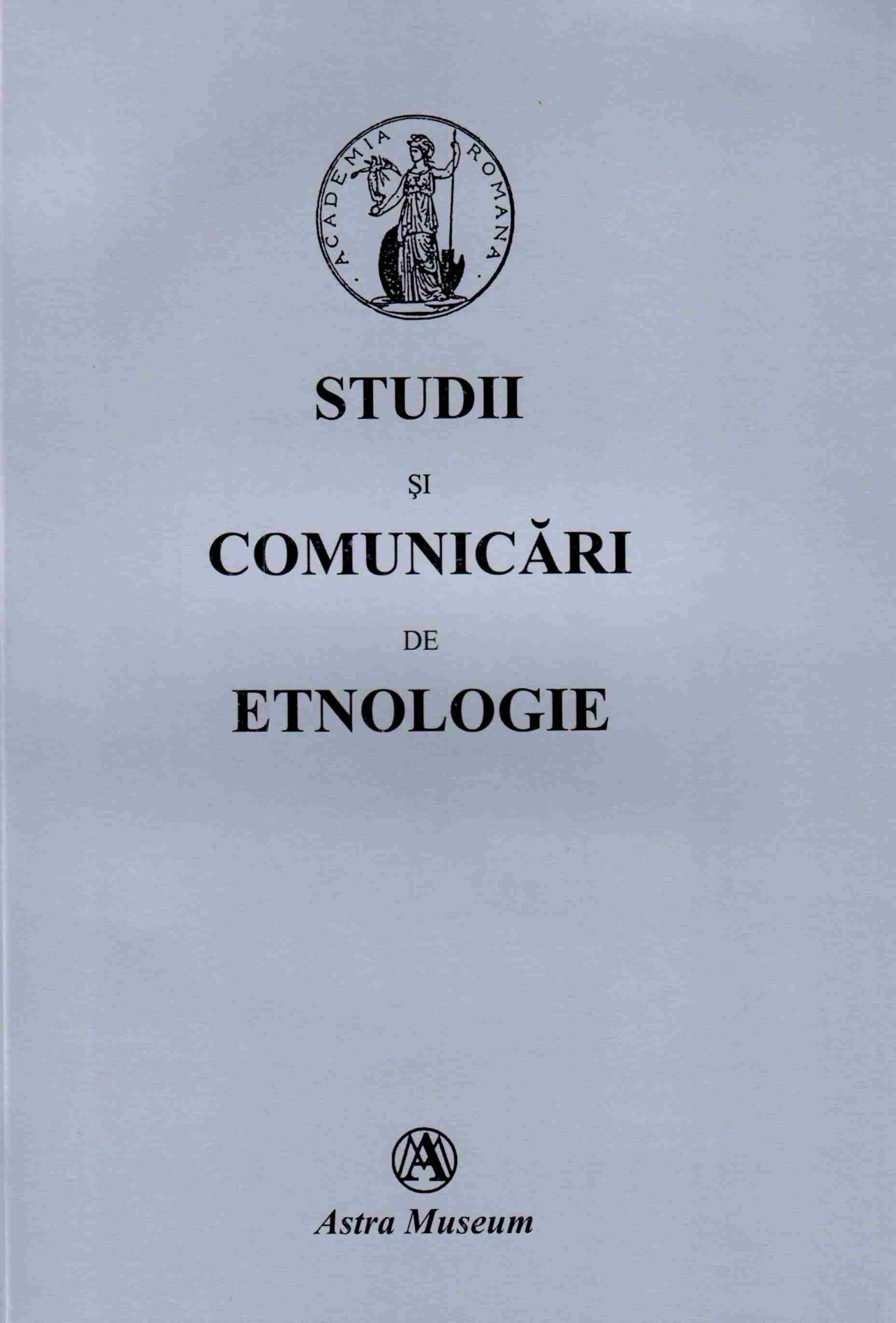Tipuri de cruci din Ţara Haţegului
The traditional crosses from Hațeg Land (Hunedoara)
Author(s): Mircea LacSubject(s): Anthropology, Cultural history, Photography, Sociology, Ethnohistory
Published by: ASTRA Museum
Keywords: cross; tradition; Christian Church; ornament; solar symbols
Summary/Abstract: The cross sign, together with other fundamental symbols, namely the centre, the circle and the square, is common for all traditions and it’s directly linked to the Primordial Tradition. In Christianity, the cross bears a great meaning and that is why specialists in symbolism regard it as “the sign of signs”. The cross is identified as an emblem of the Christian Church, occupying the central place within the sacred rituals, but also in regard to the artistic and architectural motifs, presenting a high degree of diversity. In the Transylvanian cemeteries, the crosses have a great diversity of forms and ornaments, differing from place to place and sometimes expressing the cultural influence suffered by each community. In the “Haţeg Land”, the crosses in the cemetery of Densuş are tall and thin, distinguished through the elaborate form of their round or geometrical carved arms. The cemetery crosses in the village of Silvaș are robust, remainders of the old grave poles. The solar symbols serve as their ornaments. The free ends of their arms have 5 cuts similar to the old grave poles. Through it structure, the old cross in front of the Prislop Monastery gives us testimonials from a faraway past, about life, mentality and beliefs of the people once inhabiting this area.
Journal: STUDII ŞI COMUNICĂRI DE ETNOLOGIE
- Issue Year: XXIX/2015
- Issue No: 29
- Page Range: 164-168
- Page Count: 5
- Language: Romanian
- Content File-PDF

